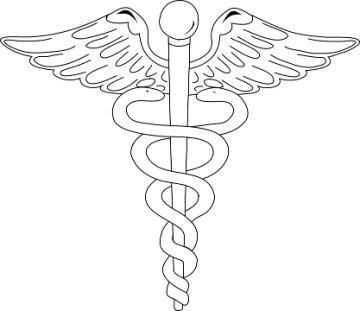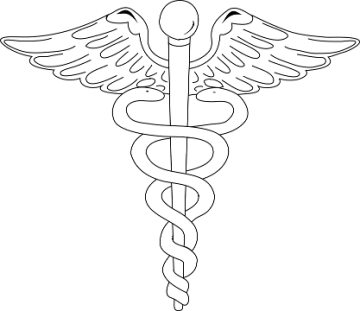Study Examines The Course of Back Pain Over Time
Back pain is among the most frequently reported health problems in the world. New research examines patterns in back pain over time and identifies the patient characteristics and the extent of healthcare and medication use (including opioids) associated with different patterns.
The study included 12,782 participants who were interviewed every two years and provided data on factors including comorbidities, pain, disability, opioid and other medication use, and healthcare visits.









